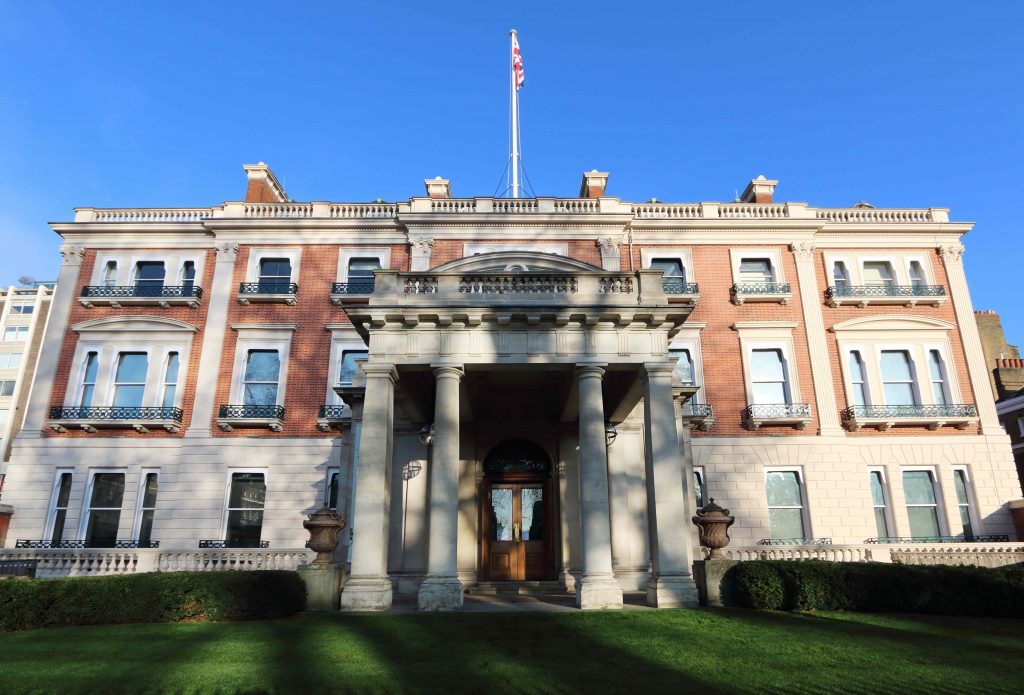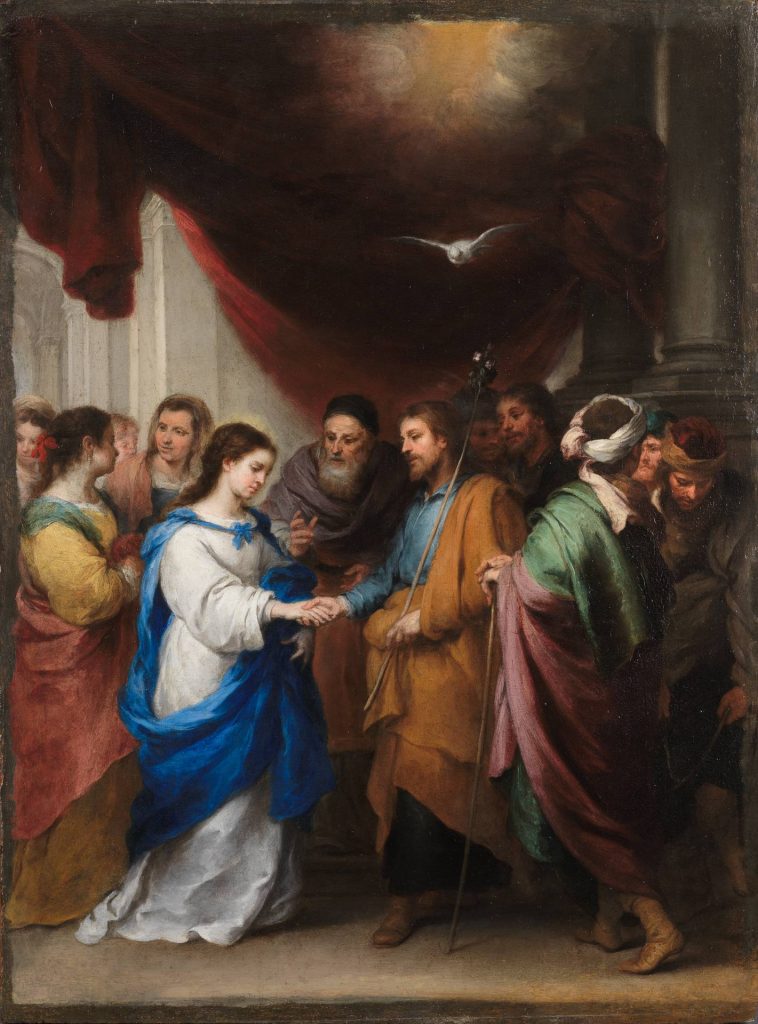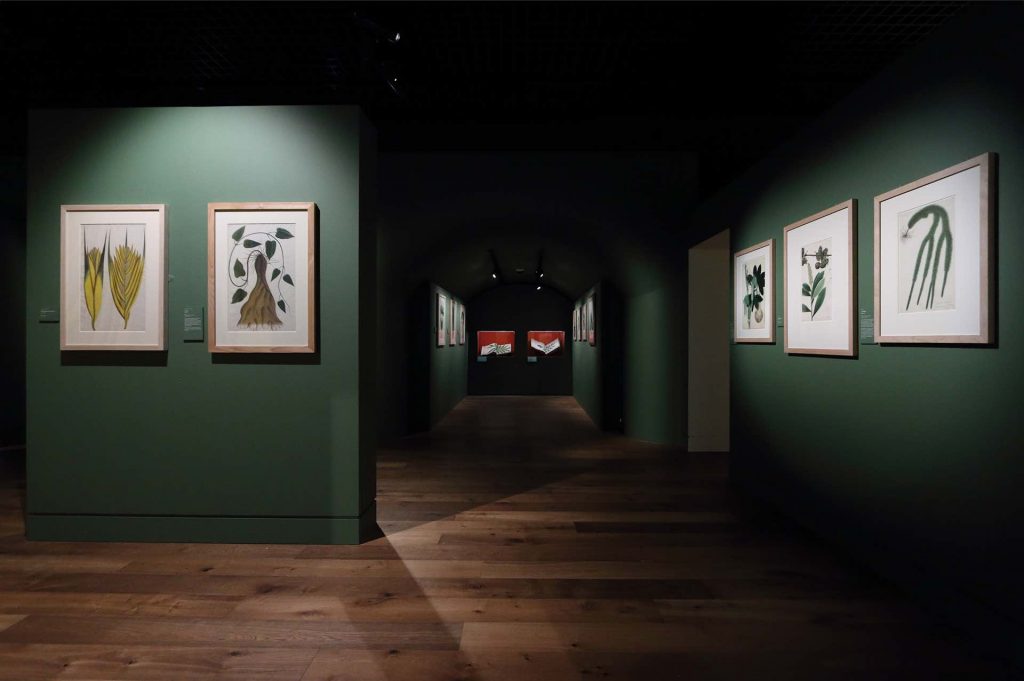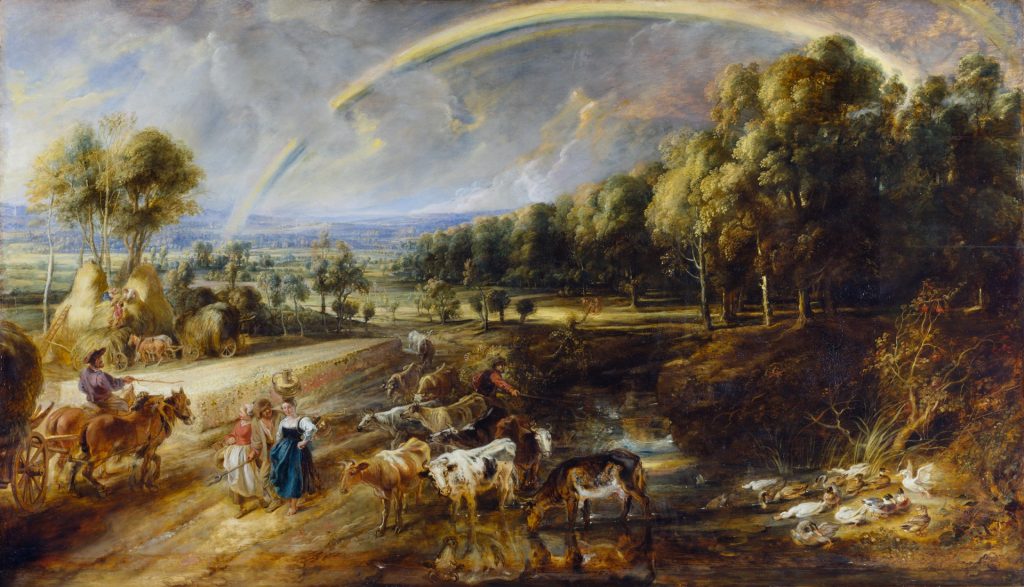“I love that in Spain, people are quite patient when you are learning the language”

This week, we continue a series of interviews with personalities from the Spanish-British sphere. Our fourth guest, Xavier Bray, is an Art Historian specialising in Spanish art and sculpture. He is the current Director of the Wallace Collection in London.
Formerly, Dr Bray held the title of Chief Curator at the Dulwich Picture Gallery and Assistant Curator of 17th and 18th-century European paintings at the National Gallery, London. Furthermore, he has curated several exhibitions including The Sacred Made Real: Spanish Sculpture and Painting 1600-1700 (2009), Goya: The Portraits (2015) and, most recently, Ribera: Art of Violence (2018).
Dr Bray completed his PhD in 1999, (entitled, ‘Royal Religious Commissions as Political Propaganda in Spain under Charles III’) at Trinity College, Dublin.

– For the past five years, you have been the director of the Wallace Collection, could you summarise this experience for our audience?
The Wallace Collection is an unbelievable collection. It’s a world class museum, with such an incredible diversity of works of art, ranging from paintings and sculpture to porcelain. For me personally, it’s been a great opportunity to learn about the different arts, particularly as I am a specialist only in Baroque painting. I have a team of very good curators, it is a small team but very dynamic. And I suppose that what I am trying to do is to make the Wallace Collection a place for everyone to enjoy. That’s our most important mission and we were doing quite well, until the lockdown.

– You are a renowned specialist in 17th- and 18th-century art, for which the Wallace Collection is famous, could we say it is a perfect match?
It’s true that when I was a student I came to study the painting collections, particularly the Spanish, the French and the Italian. And then, of course, I did my PhD on Goya and the Wallace Collection is the perfect place to study the 18th-century French painters. You’re among the likes of Watteau, Boucher, Fragonard, Delacroix, Delaroche and Meissonier. It was like returning to a home that I knew well. It’s the perfect match, but at the same time, I am very aware of wanting to do more with the other arts and engage with different kinds of disciplines, scholars and techniques. But, yes of course it has been a very happy experience to work in such a rich and diverse collection.

– How did you become a specialist in Spanish Golden Age art?
My father was a journalist working for the Wall Street Journal in Madrid. I was about 15 at that time. Unfortunately, I was set to boarding school in England while my parents were having a great time in Madrid in the 1980s, a great decade for Spain. I came back for the holidays, to spend time in Madrid and the Prado was the first museum I discovered. There I found Velázquez, Zurbarán, and then, the great Goya, who I was actually very nervous of approaching, because I found him a very complicated and difficult artist. He was so mixed; simultaneously creating beautiful paintings of Madrid life in his cartoons and alongside the Black Paintings, which are the most disturbing testimonies of humanity going wrong.
– You speak Spanish excellently, could you tell me a bit more about it?
I learnt it when I was about 16 or 17 whilst in England. Luckily, my parents were in Madrid and I tried to practice it hard when I was there. I love that in Spain, people are quite patient when you are learning the language, and they help you out. It is very immersive in Spain, you can immerse in the tradition, with people, the language itself, the literature, etc. I also took a year off and I lived in Granada. It was just being there and living life and meeting all kinds of people from different circles that really enriched my experience. The best advice to students of the Spanish language is to spend as much time in Spain as possible.

– You lead the curatorial programme at the Museo de Bellas Artes in Bilbao. What are your memories of that time now that you are in London?
I have always been very fond of Bilbao and the museum there. It’s a great museum of Fine Arts. In those days, I worked with Miguel Zugaza. I learnt so much there, thanks to him, but I also had the great opportunity of working in a European museum, and to work with a collection which included old masters as well as a great collection of Basque paintings of the 19th-century. There was a strong national identity there. I remember it fondly, of good memories and I am always thinking of new ways to work with the museum of Fine Arts in Bilbao.
– You have a reputation for experimentation and risk-taking in curating, how did you put it into practice at the Wallace Collection?
Curating and organising exhibitions is something that I love. I do not like to repeat things and will always push exhibitions forward and try out new ideas, try to bring in a new angle or an artist or a period. I always try to make it pivotal for the exhibition to try to say something relevant as to what is going on at that moment in time. The most recent exhibition at the Wallace Collection, which in theory it is still on, is the first UK exhibition of works by Indian master painters commissioned by East India Company officials, and this is an unprecedented area of art, never before even considered.

– We especially remember how you traced Goya’s career from his early beginnings at the court of Charles III in Madrid, through to his final years in Bordeaux. How do you remember this exhibition?
It was an exhibition on Goya’s portraits and it was not an obvious one to do, to tell the story of his life through the portraits of people he would have known. It was one of those amazing experiences. By bringing in all of Goya’s friends, Queens and politicians, we were able to reconstruct his life in a very different way. It wasn’t about how Goya saw himself but about the impressions of him from people he knew and the connections he had. And suddenly, the result was an ability to see Goya in a very different way. And for me, and I hope for the visitors too, it was an extraordinary experience to understand the circles in which he moved and his friendships; you get to know this extraordinary man and his soul. It’s rare to be able to do that with an artist. It was a very satisfying experience and I wish I would have been there at night, to listen to their conversations. It was one of those vibrant exhibitions where you might expect the pictures to start talking.

– The covid-19 crisis has closed all the museums. Have you launched any online programmes at the Wallace Collection for this special period?
Of course, like every museum, we want to make sure that we don’t just disappear. We are very worried that everyone is fixating on so many other things, which is quite right, but the big thing is how to keep a museum like the Wallace Collection relevant today. We are launching a series of digital themes that people can engage with on our website. I am hoping, if commuting is possible, to go back to the gallery and do a live recording of the Indian Animals exhibition. Additionally, we hope to reopen soon and carry on with our programme. We have Rubens coming up, reuniting two of his great landscapes for the first time. One of them is The Rainbow Landscape (The Wallace Collection) which I feel has become more poignant than ever in the last few months. The rainbow has become a symbol of hope in the UK and of the great work of the NHS, so I am hoping that this painting will have a really strong impact on our society as a painting of survival and creativity. This is actually a great moment for creativity.


